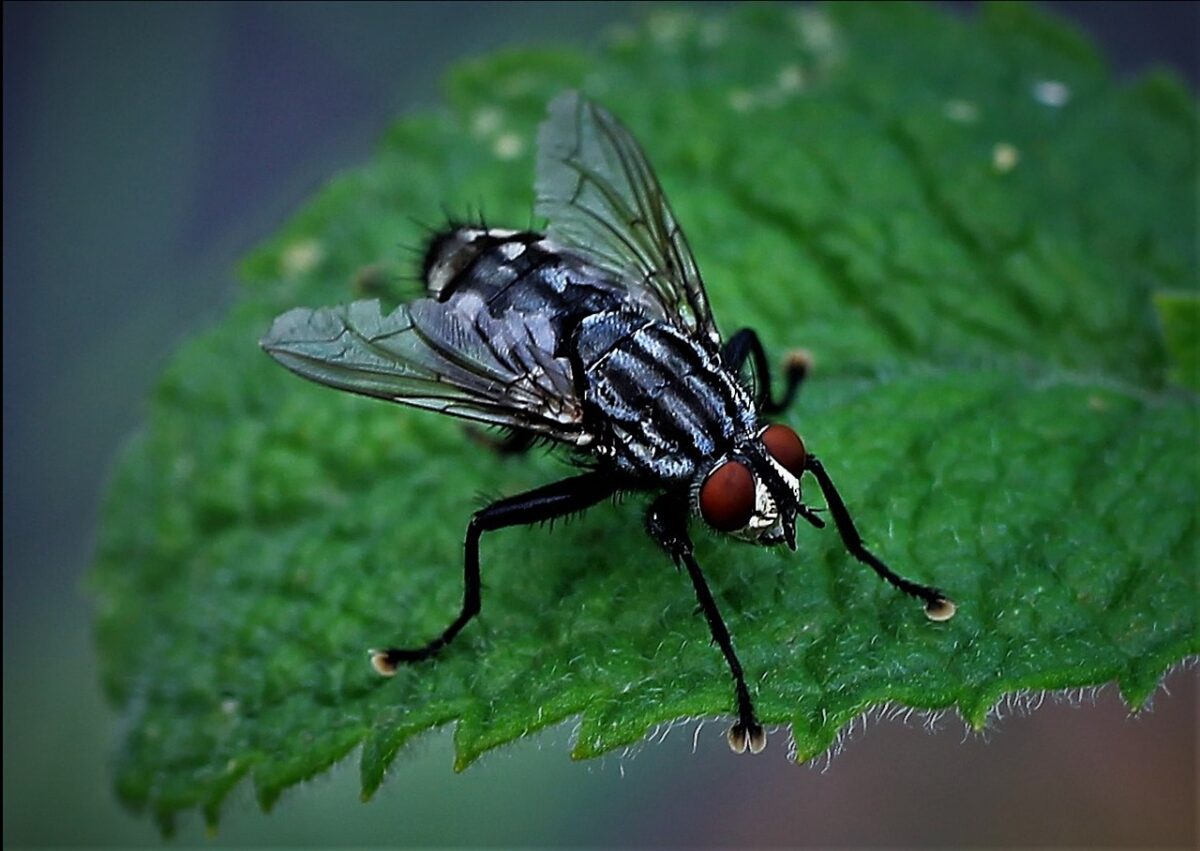You’ve probably encountered those annoying little buzzing creatures – flies. Whether they’re bothering you at home or invading your business space, flies can be quite a nuisance. But fret not, because there’s a simple and effective solution – sticky fly traps. These ingenious devices can help you keep your surroundings free from flies without the need for harmful chemicals or sprays. In this article, we’ll show you how to effectively use sticky fly traps for pest control, bringing you a fly-free environment that’s sure to put a smile on your face. So, say goodbye to swatting and say hello to hassle-free fly management!
Choosing the Right Sticky Fly Traps
When it comes to choosing the right sticky fly traps, there are a few factors to consider. One of the most important considerations is the targeted pest. Different sticky fly traps are designed to attract and trap specific types of insects, so it’s essential to identify the type of pest you are dealing with before making a purchase. Whether it’s houseflies, fruit flies, or gnats, selecting a trap specifically targeted towards that pest will greatly enhance the effectiveness of your pest control efforts.
Consider the Targeted Pest
Identifying the specific pest you are dealing with is crucial for selecting the appropriate sticky fly trap. Different traps are designed to lure and capture different types of insects. For example, if you have a problem with fruit flies in your kitchen, using a sticky trap that is specifically designed for attracting and trapping fruit flies will yield better results than using a trap designed for larger insects like houseflies. By understanding the behavior and preferences of the targeted pest, you can choose a sticky fly trap that will effectively address the issue.
Evaluate the Trap Size
Once you have determined the targeted pest, consider the size of the trap you need. Sticky fly traps come in various sizes, and choosing the right size can make a significant difference in effectiveness. Larger traps are suitable for capturing larger insects like houseflies, while smaller traps are more effective for catching smaller pests like fruit flies. Assess the severity of the infestation and the size of the area you want to cover to determine the appropriate trap size. Remember, having multiple smaller traps may be more effective in some cases than using one large trap.
Determine the Placement Locations
The placement of sticky fly traps is crucial for their effectiveness. You need to strategically position the traps in areas where the targeted pests are most likely to land or pass by. Determine the areas where you have noticed the highest activity of the pests. For example, if you have fruit flies in your kitchen, consider placing traps near kitchen countertops, garbage bins, or fruit storage areas. By placing the traps in the right locations, you increase the chances of capturing the pests and reducing their population.
Preparing for Sticky Fly Traps
Before setting up your sticky fly traps, it’s important to prepare the area to optimize their effectiveness. Taking a few steps to identify and address problem areas, clean the surroundings, and remove existing pest infestations will greatly enhance the performance of your sticky fly traps.
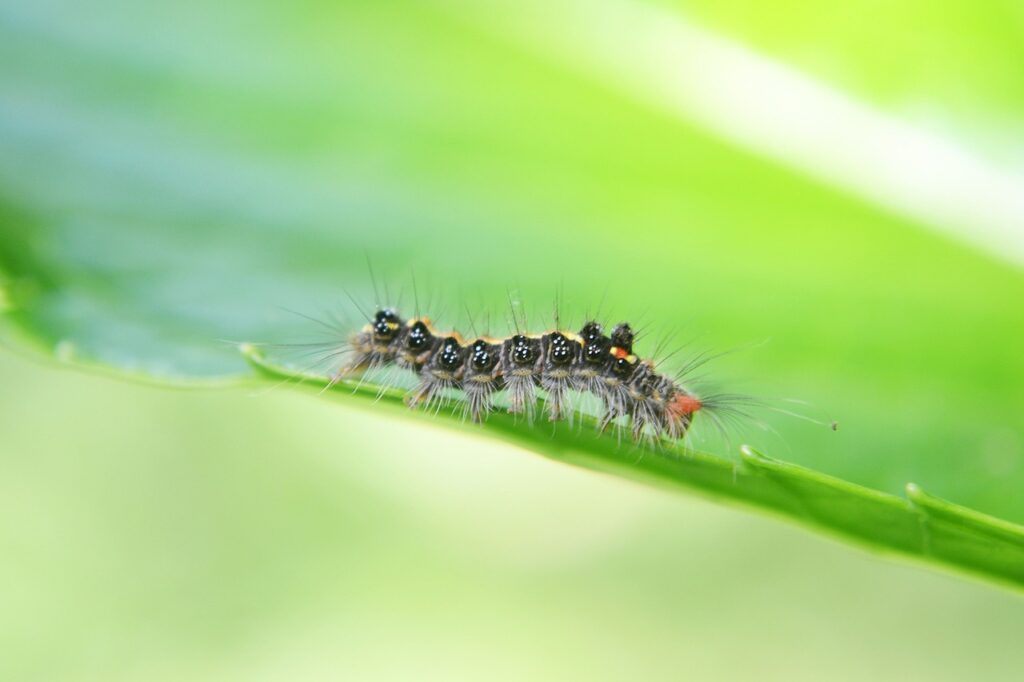
Identify the Problem Areas
Take some time to thoroughly inspect the area for any signs of pest activity. Look for areas with high fly or insect concentration, such as garbage disposal areas, food storage spaces, or outdoor seating areas. Identifying these problem areas will guide you in determining where to place your traps for maximum effectiveness.
Clean the Surroundings
Cleaning the surroundings is an essential step in preparing for sticky fly traps. Pests are attracted to unhygienic and dirty environments, so maintaining clean surroundings will discourage their presence. Regularly clean and sanitize surfaces, dispose of garbage properly, and keep food storage areas well-maintained. By creating a clean and hygienic environment, not only will you reduce the presence of pests, but you will also enhance the effectiveness of your sticky fly traps.
Remove Existing Pest Infestations
If you already have an existing pest infestation, it’s important to address it before setting up your sticky fly traps. Depending on the severity of the infestation, you may need to employ other pest control methods alongside the sticky fly traps. Consult with a professional exterminator or do thorough research to find the most effective way to remove the infestation. By addressing the primary problem, you ensure that your sticky fly traps can focus on capturing any remaining pests and prevent reinfestation.
Effective Placement of Sticky Fly Traps
Placement is key when it comes to using sticky fly traps effectively. You want to position the traps in areas where the pests are most likely to encounter or be attracted to them. Following a few guidelines for hanging and positioning the traps will greatly increase their efficiency.
Hang the Traps at the Right Height
The height at which you hang your sticky fly traps can have a significant impact on their effectiveness. For flying insects like houseflies and fruit flies, it’s best to hang the traps at eye level or slightly higher. Insects are naturally drawn towards movement at eye level, so placing the traps at this height will increase the chances of them getting caught. For crawling pests like ants or cockroaches, consider placing the traps at ground level or near areas where they are commonly seen.
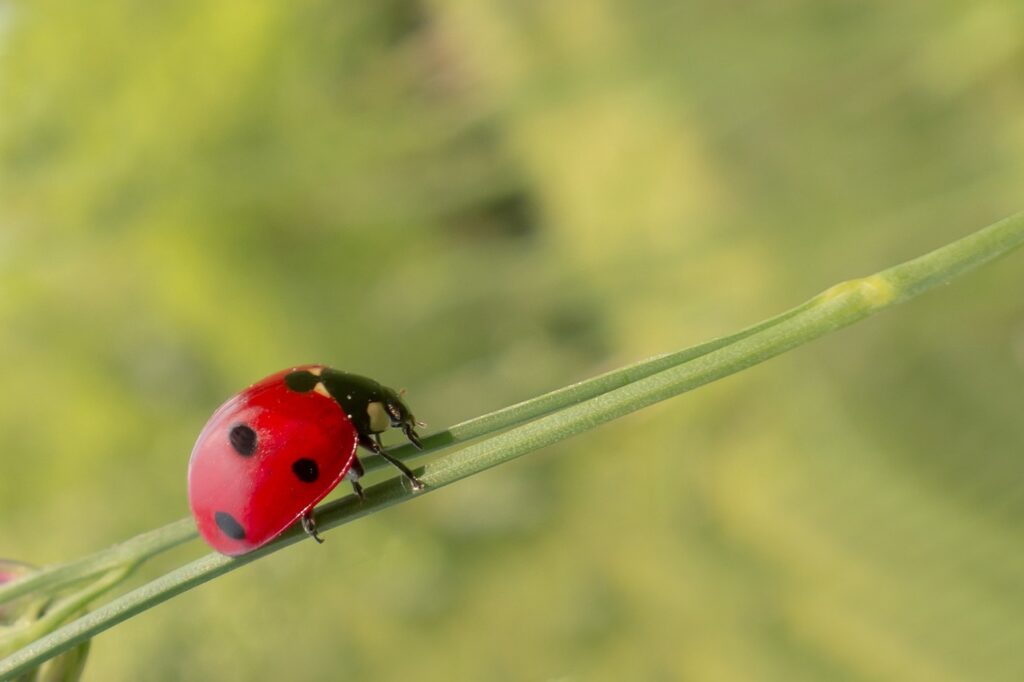
Position Traps Strategically
Strategic positioning of sticky fly traps is vital for capturing pests. Place traps in areas where the pests are most active or where infestations are prevalent. For example, if you have a problem with flies in your garden, position traps near trash cans, compost bins, or outdoor seating areas. In the case of indoor pests, position traps near windows, doorways, or other entry points. By strategically placing the traps, you create a greater likelihood of pests encountering and getting trapped on the sticky surface.
Cover the Traps if Necessary
In some cases, it may be necessary to cover the traps to prevent them from becoming contaminated or to make them more visually appealing. If you are using sticky fly traps in areas where food is present, like kitchens or restaurants, covering the traps with a discreet cover will help maintain hygiene standards. Additionally, covering the traps can also prevent beneficial insects, like bees or butterflies, from accidentally getting caught. Use a mesh or plastic cover specifically designed to fit over the traps, ensuring that the sticky surface remains accessible to the targeted pests.
Monitoring and Maintenance
Once your sticky fly traps are set up, it’s important to regularly inspect and maintain them for optimal performance. This includes inspecting the traps, replacing them when necessary, and keeping track of pest levels.
Regularly Inspect the Traps
Make it a habit to regularly inspect the sticky fly traps to monitor their effectiveness. Check for any trapped pests and assess the level of activity. If you find that the traps are not capturing as many pests as before or are becoming excessively dirty, it may be time to replace them. Regular inspection allows you to identify any issues or changes in pest activity, enabling you to take appropriate measures to maintain the efficacy of the traps.
Replace Traps as Needed
Sticky fly traps can lose their effectiveness over time, especially if they become overly dirty or saturated with trapped insects. It’s important to replace the traps when necessary to ensure their ability to capture pests. Different traps have varying lifespans, so refer to the manufacturer’s instructions or guidelines for the recommended duration of usage. As a general rule of thumb, if a trap becomes full or excessively dirty, it’s time to replace it with a fresh one.
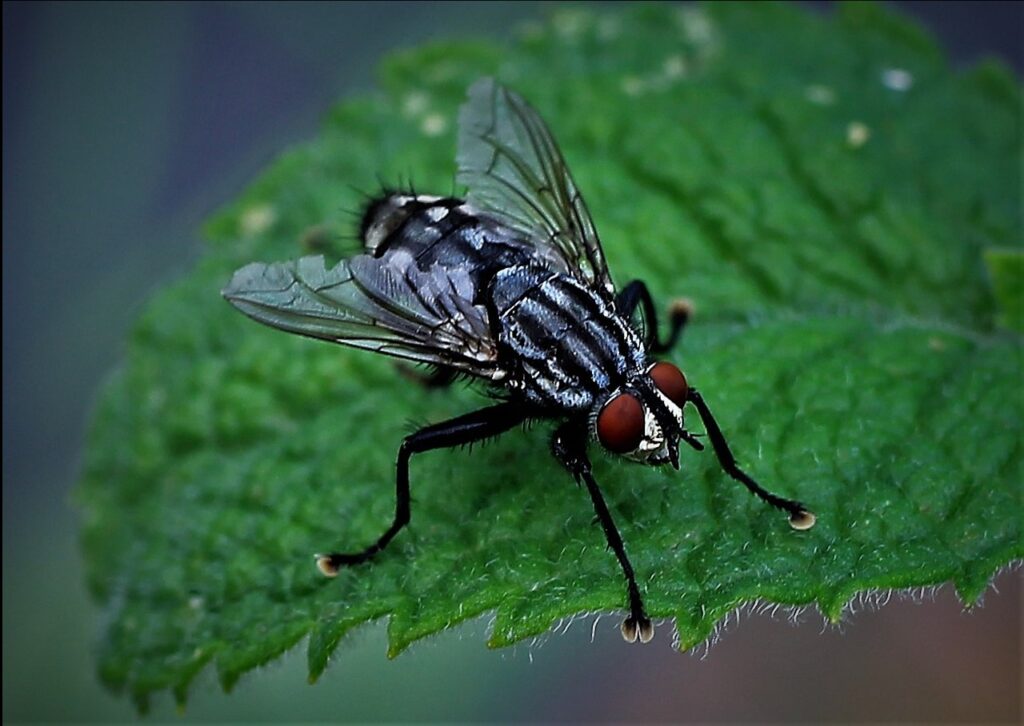
Keep Track of Pest Levels
As you monitor your sticky fly traps, keep track of the pest levels and changes in activity. This will help you identify patterns and gauge the effectiveness of your pest control efforts. By keeping a record of the pest levels, you can determine if additional measures need to be taken or if the traps are effectively reducing the population. Regular monitoring allows for timely adjustments to your pest control strategy and ensures that the traps remain an effective tool in managing the pest infestation.
Using Sticky Fly Traps in Different Environments
Sticky fly traps can be utilized in various settings to effectively control pests. Whether it’s indoors, outdoors, or in agricultural settings, understanding the specific considerations for each environment will help you make the most of sticky fly traps.
Indoor Use
When using sticky fly traps indoors, it’s important to consider the placement and potential contamination of the traps. Position them near windows, doorways, or other entry points to capture flying insects before they enter. In areas with food or exposed garbage, cover the traps to maintain hygiene standards. Additionally, be mindful of pets or children in the household and ensure that the traps are placed out of their reach to prevent accidental contact.
Outdoor Use
Outdoor use of sticky fly traps requires careful consideration of the surrounding environment. Place traps near areas where pests are commonly found, such as garbage cans, compost piles, or outdoor dining areas. To protect beneficial insects, consider using traps that are selectively attractive to target pests. Regularly inspect the traps for any unwanted captures of pollinators or other useful insects, and take necessary measures to minimize their accidental contact with the traps.
Use in Agricultural Settings
In agricultural settings, sticky fly traps can be a valuable tool in pest management. Consider the specific type of pests you are targeting and choose traps that are effective for those pests. Place traps strategically in areas where the pests are likely to aggregate, such as near crops, in greenhouses, or around storage facilities. Regularly inspect and replace the traps as needed to maintain their effectiveness. It’s also important to adhere to any guidelines or regulations regarding the use of sticky fly traps in agriculture to ensure their safe and efficient use.
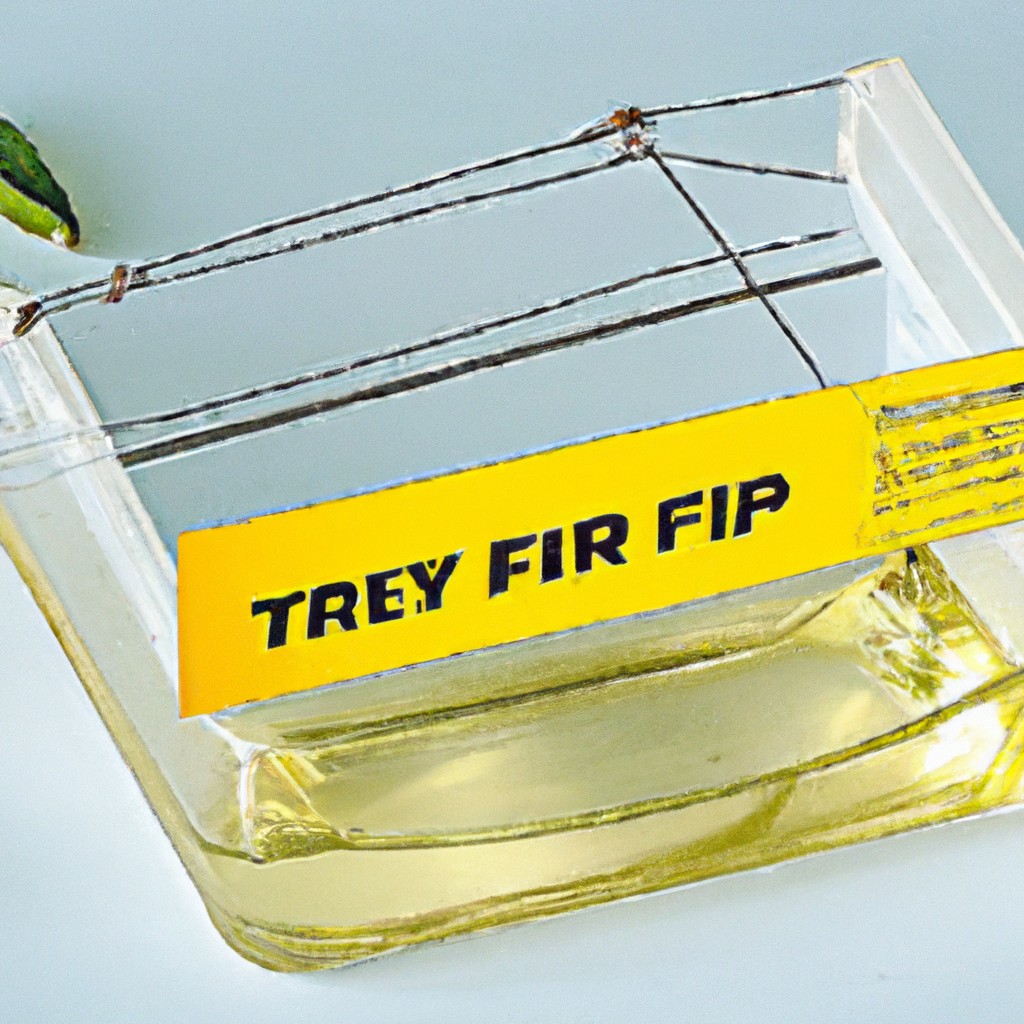
Dealing with Common Challenges
While sticky fly traps are effective in capturing pests, they can sometimes attract unwanted insects or become contaminated. Here are some tips for dealing with common challenges that may arise when using sticky fly traps.
Preventing Traps from Attracting Unwanted Insects
To prevent traps from attracting unwanted insects, consider using traps that are specifically designed to target the pest you are dealing with. These traps often use pheromones or scents that are highly attractive to the targeted pests while being less appealing to other insects. Additionally, monitoring and inspecting the traps regularly will allow you to promptly remove any unwanted captures and minimize their attraction to other insects.
Avoiding Traps Being Contaminated
To avoid traps becoming contaminated, it’s important to position them away from potential sources of contamination. For example, when placing traps in kitchens or restaurants, ensure that they are not located above food preparation surfaces. Additionally, covering the traps with a mesh or plastic cover can provide an extra layer of protection, preventing accidental contamination and maintaining the traps’ effectiveness.
Preventing Damage to Traps
Sticky fly traps can sometimes become damaged due to weather conditions or physical contact. To prevent damage, choose traps that are durable and designed for the specific environment in which they will be used. For outdoor traps, opt for weather-resistant materials that can withstand rain, wind, and sunlight. Take precautions to position the traps in areas where they are less likely to be accidentally touched or damaged by people or animals.
Additional Tips for Increased Effectiveness
While sticky fly traps are effective on their own, implementing a few additional tips and techniques can further increase their efficiency in controlling pests.
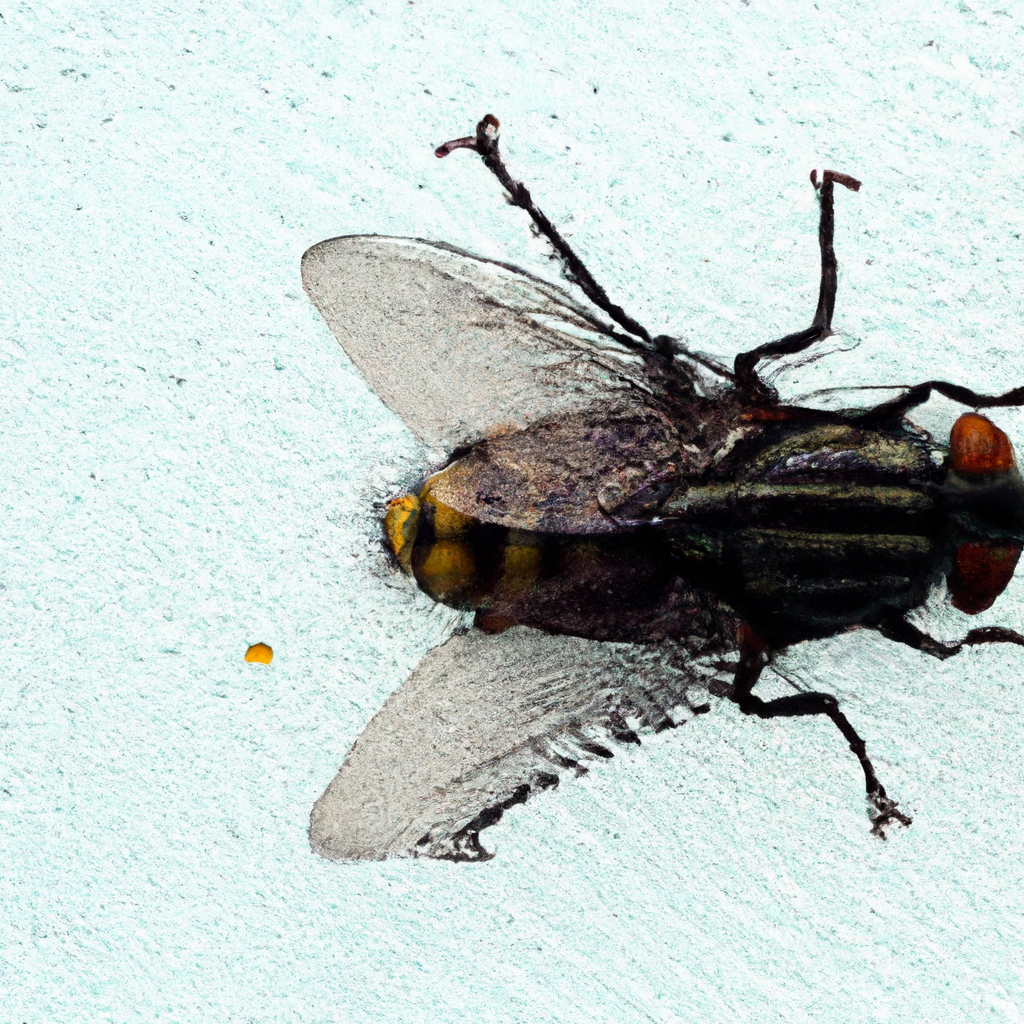
Enhance Trap Attractiveness
To enhance the attractiveness of sticky fly traps, consider using additional attractants or lures. Some traps come with pheromone attractants that can be attached to the sticky surface, making them even more effective at capturing pests. These attractants mimic the scent of certain insects, drawing them towards the trap. Research the targeted pests and explore different attractant options that are compatible with the sticky fly traps you are using.
Use Multiple Traps for Larger Areas
For larger areas or severe pest infestations, using multiple traps can significantly improve control efforts. By strategically placing multiple traps, you create a larger capture area and increase the chances of capturing a greater number of pests. Consider setting up traps in a grid-like pattern, covering the entire affected area. This comprehensive approach ensures that pests have a higher likelihood of encountering the traps, resulting in more effective pest control.
Combine Traps with Other Pest Control Methods
While sticky fly traps are highly effective, combining them with other pest control methods can provide even better results. Integrated Pest Management (IPM) strategies often involve a combination of traps, sprays, and cultural practices to manage pest populations. By using sticky fly traps alongside other environmentally friendly methods, such as proper sanitation or natural repellents, you create a comprehensive pest control approach that targets pests from multiple angles.
Removing and Disposing of Trapped Pests
Once pests are captured on the sticky fly traps, it’s important to properly remove and dispose of them to maintain hygiene and prevent reinfestation.
Ensure Safety Precautions
Before removing the trapped pests, ensure your safety by wearing gloves to minimize any potential contact or contamination. Some trapped pests may still be alive and could pose a risk if not handled properly. By taking necessary precautions, you protect yourself while handling the traps and disposing of the trapped pests.
Properly Dispose of Trapped Pests
To properly dispose of the trapped pests, follow local guidelines and regulations for pest disposal. In some cases, the traps may be designed to be disposable, allowing you to simply discard the entire trap with the captured pests. If the traps are reusable, carefully remove the pests and dispose of them in a sealed bag or container to prevent them from escaping. Avoid placing the captured pests in compost or garbage bins where they may attract other pests.
Clean Up Any Residue
After removing the trapped pests, clean up any residue or sticky substances left on the traps. This can be done by gently washing or wiping the traps with warm soapy water. Dry the traps thoroughly before reuse, ensuring that they are clean and free from any lingering odors or attractants that could diminish their effectiveness.
Benefits of Using Sticky Fly Traps
Using sticky fly traps for pest control offers several benefits that make them a popular choice for homeowners, businesses, and agricultural settings.
Environmentally Friendly
Sticky fly traps are an environmentally friendly pest control method as they do not involve the use of harmful chemicals or pesticides. They rely on natural attractants and physical trapping mechanisms to capture pests, making them safe for the environment. By choosing sticky fly traps, you contribute to the preservation of ecosystems and reduce the impact of harmful chemicals on non-targeted organisms.
Non-Toxic to Humans and Pets
Unlike some conventional pest control methods, sticky fly traps are non-toxic to humans and pets when used according to instructions. They do not release any harmful fumes or substances, making them a safe option for households with children, pets, or individuals with respiratory sensitivities. However, it is essential to keep traps out of reach of children and pets to prevent accidental contact.
Easy to Use and Maintain
Sticky fly traps are incredibly easy to use and maintain. They require minimal setup and no complicated equipment or training. Simply hang or position the traps, inspect them regularly, and replace as needed. They are a convenient and hassle-free option for effective pest control. Whether you’re a homeowner or a business owner, incorporating sticky fly traps into your pest management routine is a simple and efficient solution.
Conclusion
In conclusion, sticky fly traps are an effective, environmentally friendly, and easy-to-use tool for pest control. By choosing the right traps, properly preparing the area, strategically placing the traps, monitoring and maintaining them, and implementing additional tips, you can make the most of sticky fly traps to manage and control pesky insects. Whether you’re dealing with indoor or outdoor pests or working in an agricultural setting, sticky fly traps provide an efficient and non-toxic approach to pest control. By following the guidelines and taking the necessary precautions, you can effectively reduce pest populations and enjoy a pest-free environment.




